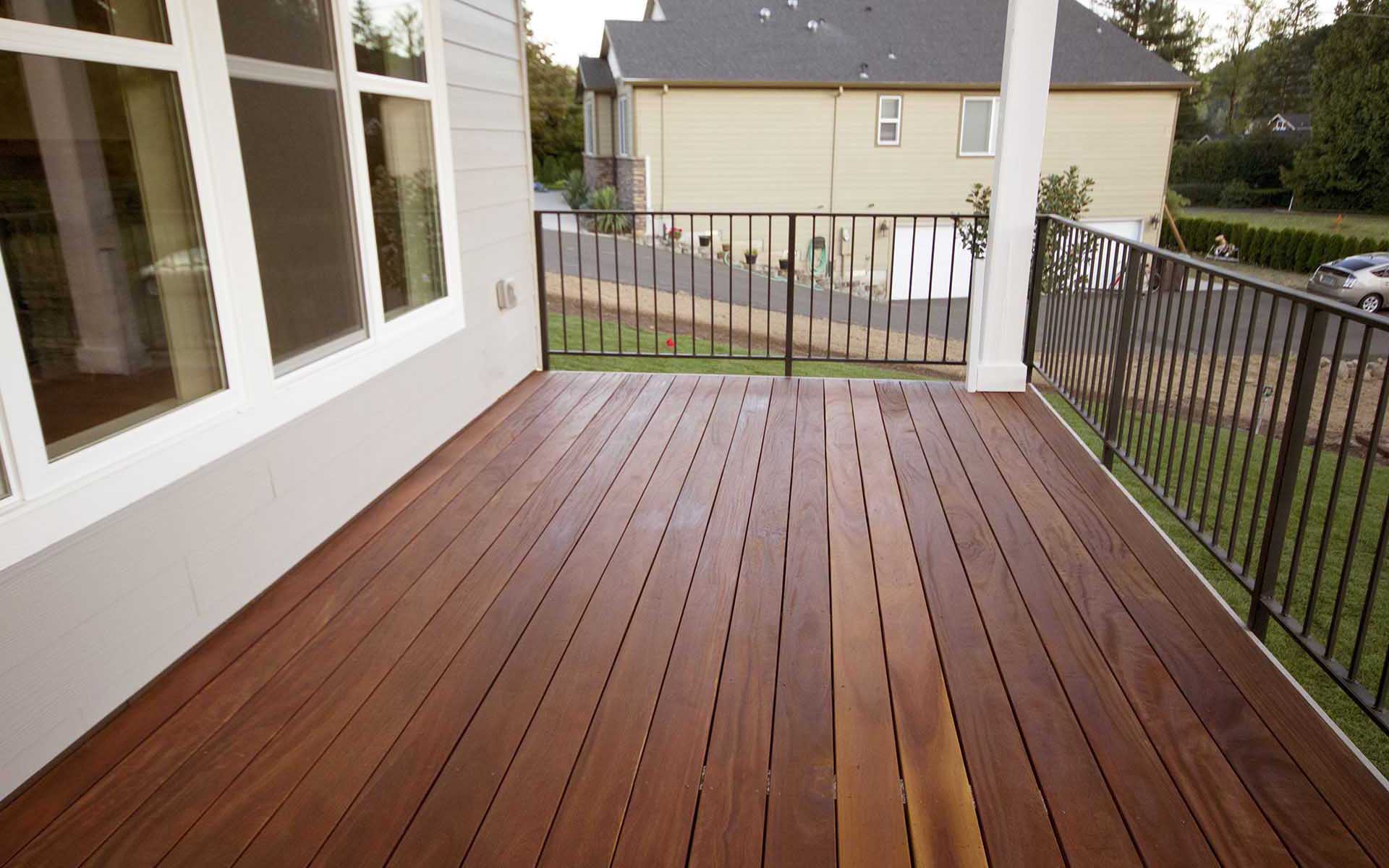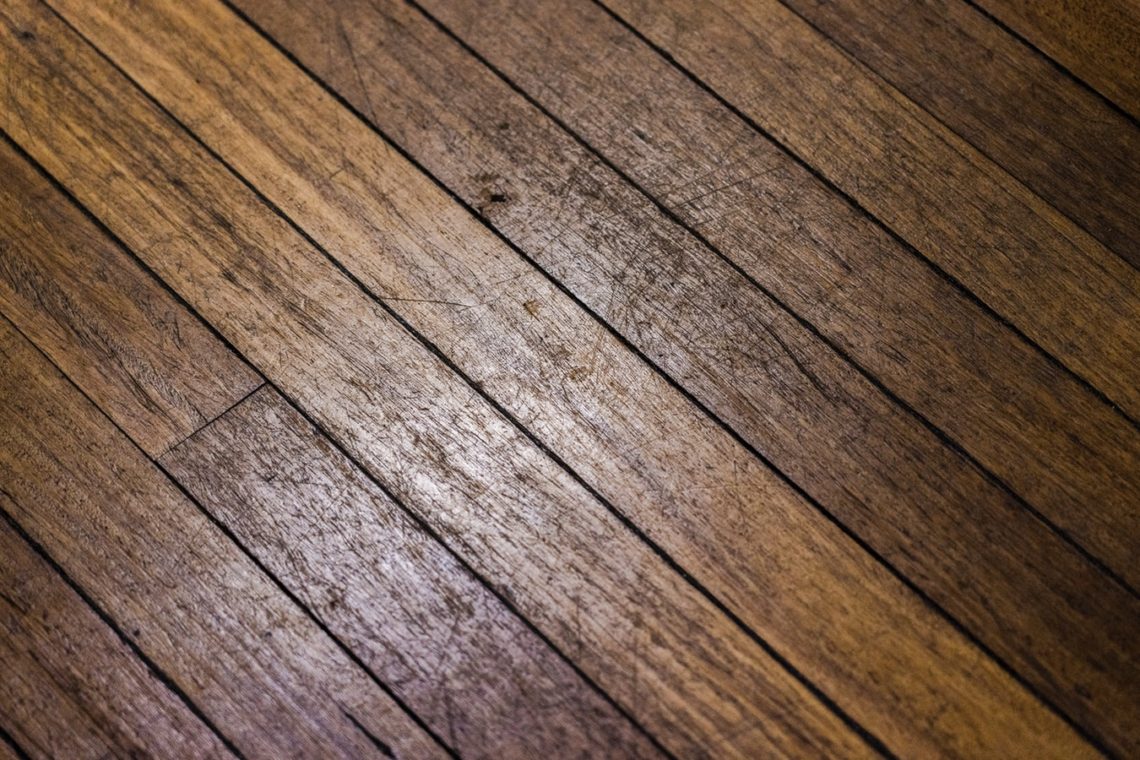Wooden decks must be safeguarded against fire, particularly if they are near or attached to your home especially if fire susceptibility is prevalent in your region. If the deck catches fire, the fire will quickly spread to nearby doors, windows, and siding, and ultimately into the house. One way to guard a wooden deck against the risk of fire is to fireproof it.
The construction of wooden decks can be made to be fire-resistant with a few strategies. One way of making them safer is by ensuring that the lumber used is treated with fire retardants. In addition to that, a fire-resistant barrier should be installed between the deck and the home. This barrier can be made of a variety of materials such as metal, cement board, or even brick. Lastly, it is also important to keep any combustible materials away from the deck, such as furniture or grills. These measures can help to make sure that your wooden deck is safe from fire.
It is critical to employ measures to protect wooden decks located near your residence, particularly if you live in an area where bush/wildfires are common. As decks are highly susceptible to fire, fireproofing them is essential. Otherwise, if the deck ignites, flames can quickly spread to the windows, doors and siding next to it, and eventually reach your house. Fire retardant spray should be used to ensure the deck’s protection from fire, and should be applied periodically to maintain its defense.
Maintaining the area surrounding the deck by removing any leaves or debris is essential to reduce the chance of a fire starting. Not only will this make the deck less prone to fire, but it will also create a fire-resistant zone around the house. By following these simple steps, you can help to protect your home from the devastation of a fire.
For decking, solid wood and wood-plastic composites are common materials. The walking surfaces are often made of boards with spacing in between. An alternative to wooden boards is vinyl resin planks, which are resistant to fire and do not easily combust.
Recently, the IBHS Research Center completed experiments related to embers. Results revealed they become lodged in the spaces of boards, as well as the points of contact between the deck and joists. To avoid the risk of fire, it is important to make sure no combustible items are beneath the deck as embers can accumulate on these materials or on anything stored there, potentially resulting in the ignition of the entire deck.
Results from the IBHS indicated that even if there was no vegetation around, a spark between decks could still cause an ignition. Materials such as western red cedar and redwood, which are medium-density softwoods, are not fire retardant and could be receptive to embers. Consequently, the better option is to use either wood-plastic composites or hardwoods with a high density in deck construction.
The IBHS studied the combustibility of medium-density softwoods such as redwood and western red cedar, even without any vegetation between deck gaps. It was determined that decking made of wood-plastic composites or fire-resistant treated materials has a lower risk for ember damage. To better protect a natural wood deck from pre-ignition sources, such as embers, it is recommended that an exterior-tested fire retardant spray be applied.


